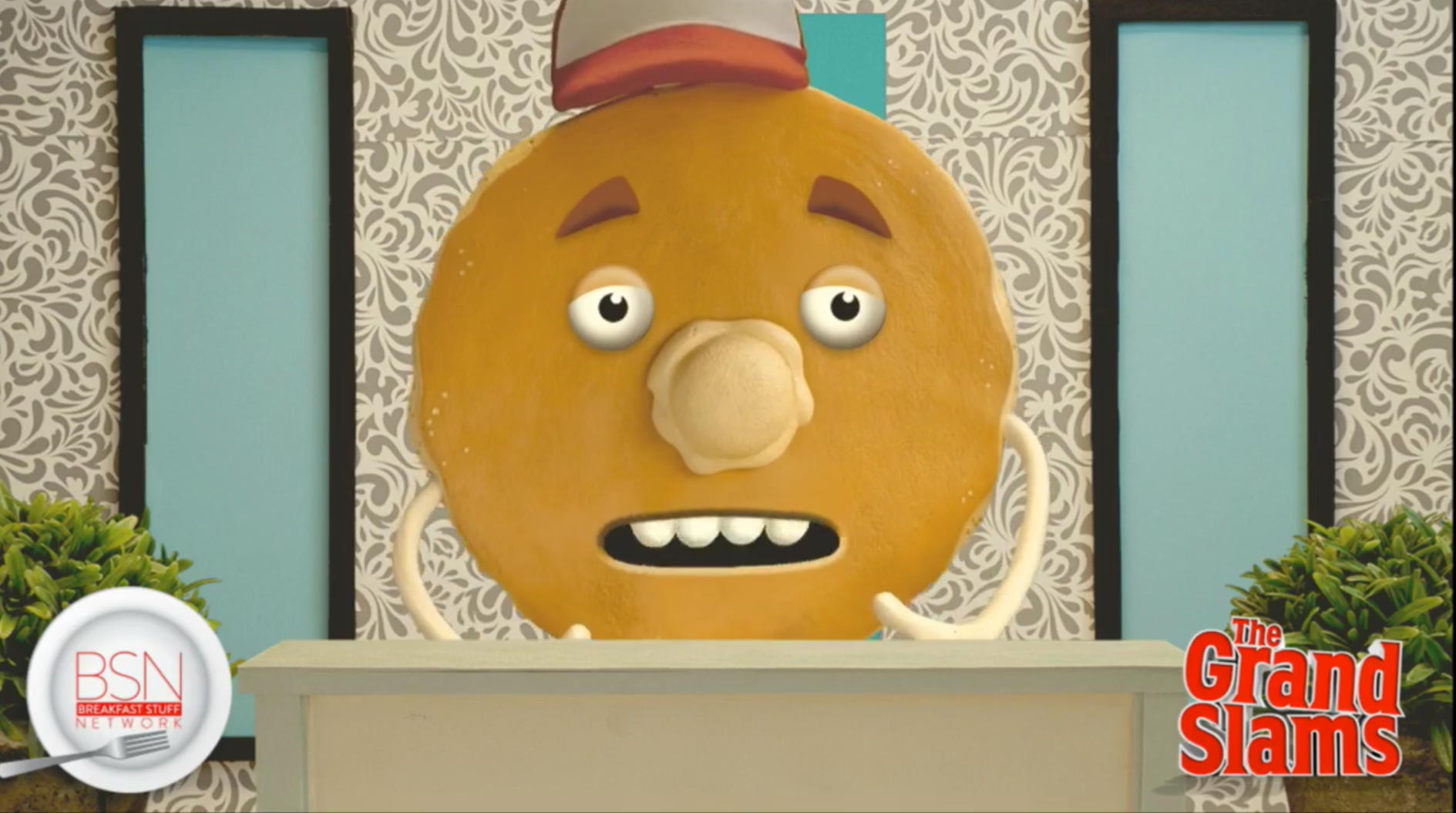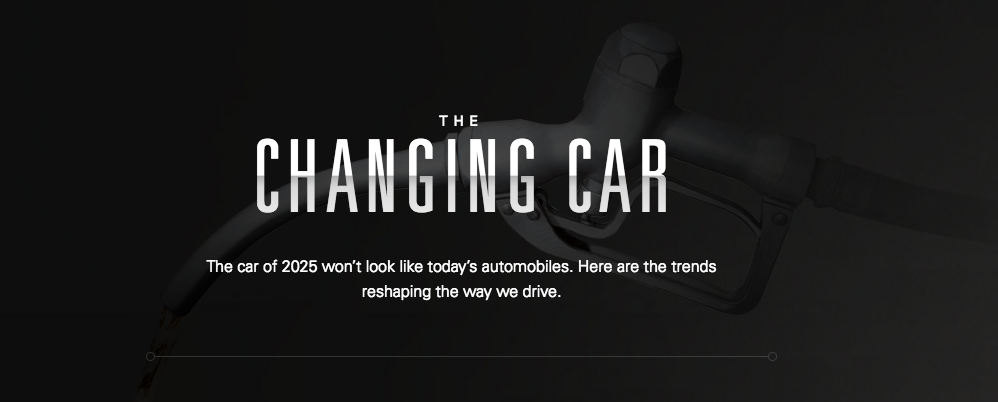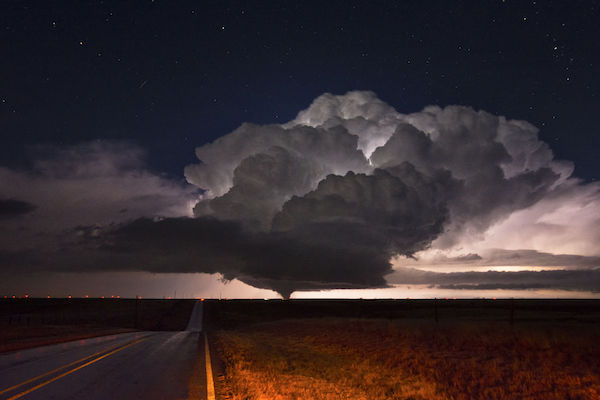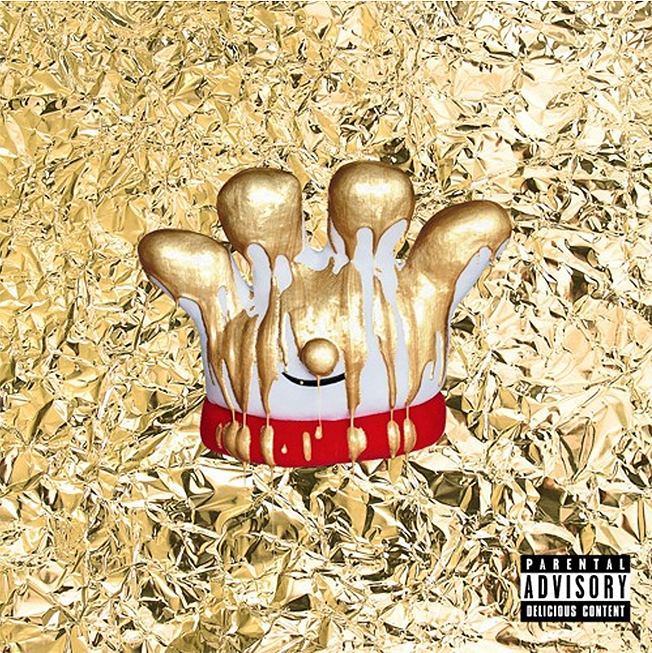Brands
The Best Content Marketing of 2016
This year’s top content marketing covered topics like dating, science, politics, mascara, Ryan Reynolds, trap music, and anthropomorphic breakfast food. While some brands fell back on conventional marketing—the average TV commercial, the basic how-to article, the microsite that only 12 people visit—these companies cut through the noise by taking calculated risks.
As Contently cofounder Shane Snow argued in his annual state of content marketing, marketers of the future need to create breakthrough content, or else they’ll fail. Let that be a lesson to everyone as we head into 2017.
A couple of notes before we get to the good stuff: I excluded our client projects from this list since we’ll be posting a separate article this week highlighting some of their best work. And even though I tried my best, I haven’t examined every piece of content from 2016, so feel free to curse me out on Twitter if you think I overlooked your brand’s amazing microsite about the ethics of potato chip manufacturing.
Other than that, I’m confident this will be the best unofficial rankings of content marketing campaigns that you read this month.
10. OkCupid: ‘A Dictionary for the Modern Dater‘

OkCupid has a great thing going. It gets to round up all of this interesting data and write about a topic that interests us all: the ins and outs of romance.
The company’s dating dictionary, part of the blog’s great Medium channel, has some terms that aren’t necessarily safe for work—but that’s a good thing. The blurbs have the self-aware voice of a copywriter who finally gets to have fun with his job. You can learn a little, laugh a little, and cry a little when you realize that you’re a thirst trap who benches people because you’re scared of commitment.
To get you going, here’s the entry for bae:
Bae (n. / adj.): an affectionate term very busy people use toward their partners because they don’t have the time to say the full word “babe;” it can also be used if you want to say something is awesome, but want to sound like a #teen or a corporate social media account.
9. GE: GE Reports

Last year, GE dominated this list thanks to its innovative sci-fi podcast, The Message, which managed to top the iTunes charts. This year, the company built on its momentum with more first-rate coverage in the fields of technology and science.
Two blog posts about a turbine project caught my attention for the way they relay company news without reading like promotional shlock or dry press releases. One of the stories even reached the front page of Reddit. Based on that combination of depth and impact, GE Reports earns a spot on this list.
(Full disclosure: GE Ventures is a Contently client, which is separate from GE Reports.)
8. Denny’s: Facebook Live Q&A With a Pancake

Most companies usually fire employees if they fail drug tests. But if Denny’s did that, nobody would be able to run the brand’s championship-caliber social channels.
When you come across another branded Facebook page with millions of likes and boring posts, remember that Denny’s ran an interview with an anthropomorphic pancake, and 11,000 people watched it. That’s really odd, and when enough people respond to something odd, it becomes ingenious.
7. The entire Deadpool marketing campaign
Movie marketing has a tendency to blur together—cool trailer, deep-voice narration, that wobbly symphony noise that Hans Zimmer uses in every soundtrack. In fact, most movies nowadays kind of blur together. They stick to formulas that sacrifice innovation and voice for bland appeal. Deadpool would rather die than make that sacrifice.
The film’s promotional campaign had faux-rom-com posters on Twitter; an hour-long video of a flaming bag of excrement that spoofs the traditional Yule Log videos; and a brash “infomercial” for Empire, a British culture magazine, that had its very own Deadpool issue. The movie made $760 million, which can’t all be traced to marketing, but it’s tough to deny that the campaign brought new energy to a superhero genre beholden to safe blockbusters.
6. Goldman Sachs: ‘Cars 2025‘

We like to stress that brands shouldn’t try to do hard journalism, because they likely won’t be able to report on both sides of a complex issue with honesty and credibility. They can, however, educate and entertain using their own research. With this feature produced by R/GA, Goldman Sachs has accomplished that feat by looking at the future of automobile technology and economics.
The project was also syndicated by The New York Times T Brand Studio. We’ve covered the stellar reputation of T Brand Studio before, and this feature full of sleek design and data visualizations will only add to it.
5. Dollar Shave Club: MEL Magazine
https://vimeo.com/melfilms/knightfight
In February, Dollar Shave Club, best known at the time for its goofy YouTube commercials, launched a little digital publication called MEL. It’s like the strange sibling of GQ, but with a lot of weird longform journalism and zero fashion slideshows.
MEL is a great example of how ambitious storytelling can stand out if brands stop trying to play it safe. It’s the only place you can read articles like “I Went Shark Fishing and Accidentally Caught a Kilo of Coke” or watch short documentaries about subjects like former Harvard graduates who become medieval fighters.
A lot of brands talk about finding a unique voice. With MEL, Dollar Shave Club actually did.
4. Amtrak: The National

Nobody likes public transportation. It’s a cesspool of bureaucracy, regardless of where you live. (And if you live in Philly, then SEPTA is actually a cesspool.) But when I take Amtrak, I feel like it cares, at least a little bit, about the customer. A few years ago, the company even had a program for writer residencies.
This year, Amtrak’s big marketing venture is The National, a wide-ranging travel magazine that lives both online and in print. It features the kind of winding essays and beautiful photography you’d find in the best travel magazines. It also boasts interviews with Ted Turner, the U.S. Poet Laureate, and a MacArthur genius playwright.
While NJ Transit only gives me high blood pressure and noxious fumes coming off of Newark, Amtrak is offering an on-board magazine that I’d genuinely like to read.
3. Merriam-Webster: Election 2016
He was trying for braggadocio. #debatenight #debates https://t.co/kX2W3xEROR https://t.co/11JTCLer3w
— Merriam-Webster (@MerriamWebster) September 27, 2016
Politics ultimately comes down to language. There are speeches, debates, op-eds, tweets, retweets, and more speeches. Most of our time is spent parsing what’s been said, but it’s rare that we dig deeper to analyze why things are said.
During the election season, while major news outlets stretched every and any angle to squeeze out more political coverage, Merriam-Webster found a way to own the conversation in a unique and on-brand way: by reporting on and analyzing language trends. MW even dedicated a section of its blog to words trending during the election. For example, it turns out “bigly” is a word, but that Trump was really trying to say “big league.” Either way, according to the MW editors, his usage was incorrect.
Everyone from The New York Times to The Hollywood Reporter to Town & Country (?) wrote about MW’s project. That, my friends, is how to get earned media coverage.
2. Glossier: Into the Gloss

My colleague Dillon Baker is a huge fan of Glossier’s content strategy. That’s noteworthy for a few reasons: One, Dillon thinks with the skepticism of a good editor. Two, he’s not exactly the first person who comes to mind when you think of glamorous makeup. But throughout 2016, he’s been a vocal supporter of Glossier’s blog, which made me take notice as well.
Over the last year, Into the Gloss helped the brand build something of a beauty empire, largely thanks to a devoted social following and a blog that welcomes input from the community. Backed by over $10 million in funding, Glossier has mastered the blend of editorial and e-commerce that seems to be killing it in the e-commerce space.
1. Hamburger Helper: Watch the Stove

This was an easy choice for the top spot. Millions of people listened to a hip-hop mixtape produced by a General Mills subsidiary. Their response: “This is actually good.”
“Actually” is the key word. It implies that people never expect this level of creativity from a brand. But Watch the Stove stands on its own because it features legitimate rappers and music producers. It was eccentric without being hokey. Weird but still mainstream. It made you take notice.
My fear is we’ll end up with a bunch of crappy knockoffs in 2017 as other brands try to emulate Hamburger Helper without understanding why it succeeded. But I can’t blame those brands for wanting to get in on the action. Watch the Stove was a risk worth taking, and like all great pieces of branded content, it actually works.
Get better at your job right now.
Read our monthly newsletter to master content marketing. It’s made for marketers, creators, and everyone in between.




